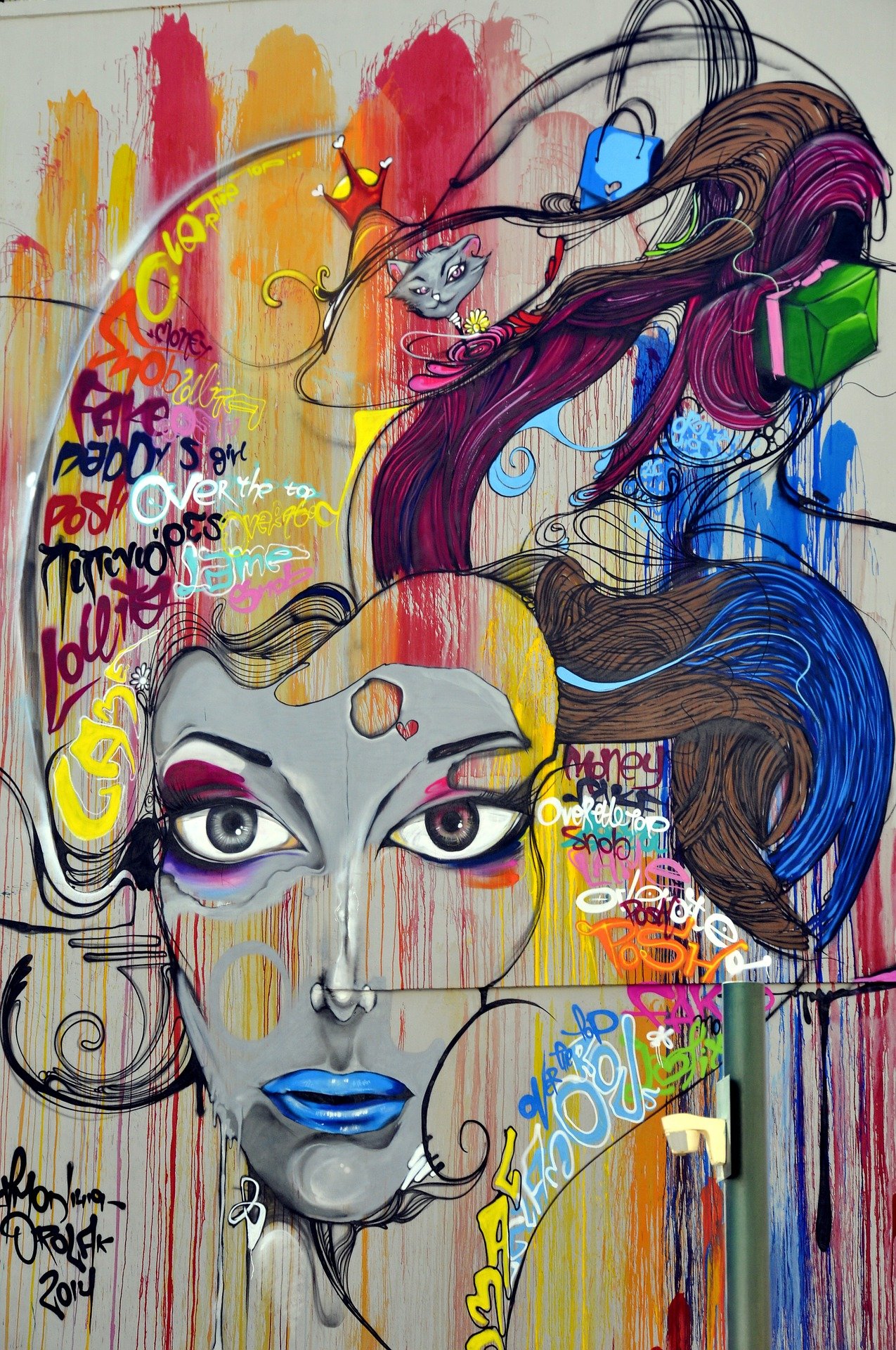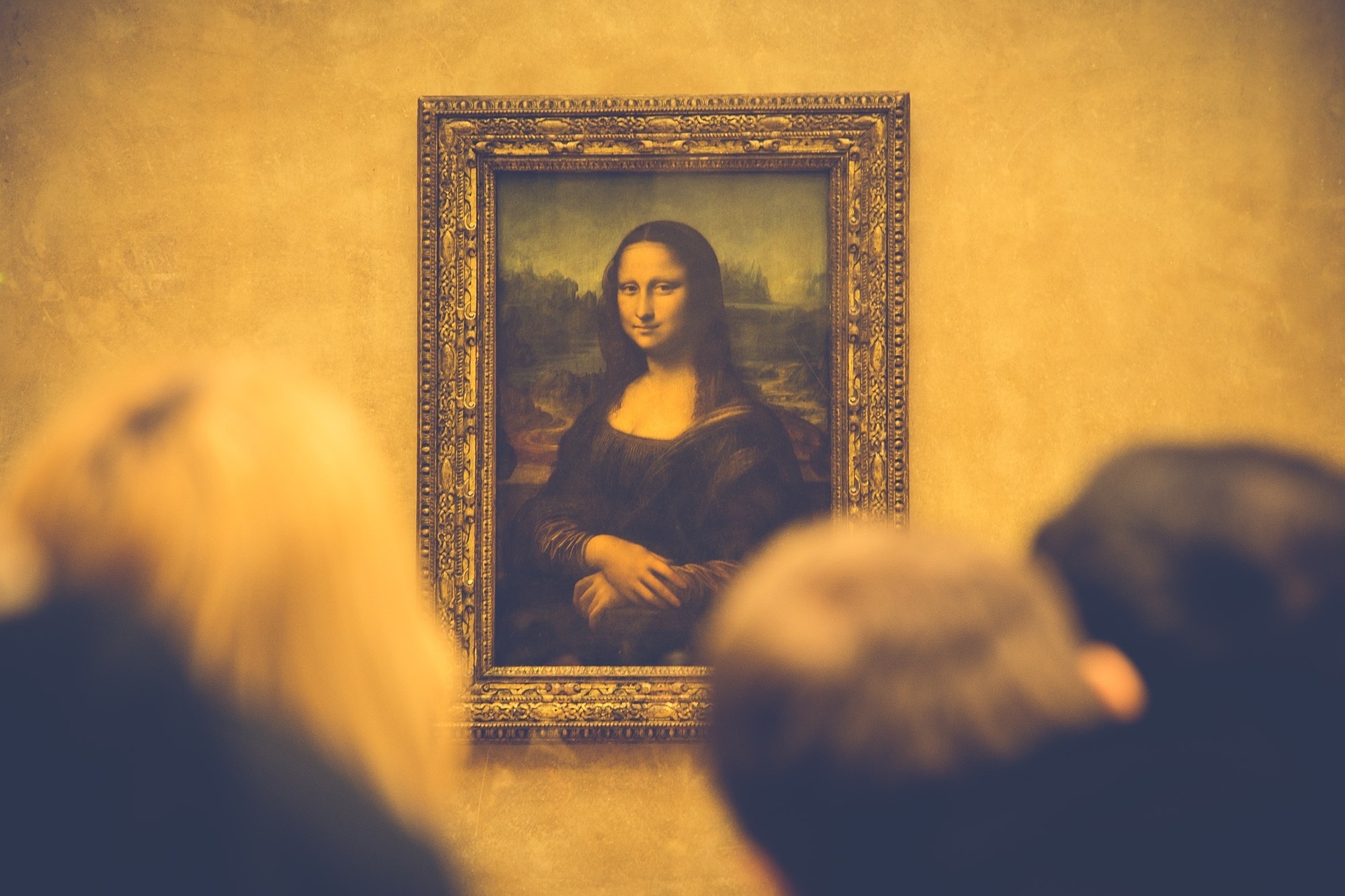In a society where art is seen as an activity reserved for an elite. We often give people the impression that artists are seen as social vagabonds.
There is no society without artistic intervention at least once in its daily life, and as the art critic Tudor Vianu so aptly put it, “If art is inseparable from social life, its role within it changes considerably according to the times and cultures.
Art, a key area in society
According to the philosopher Pierre-François Moreau, Platon already envisaged that art could have a positive impact on society.
For many people, works of art are limited to the various objects on display in museums and are used only for decoration or as a means of entertainment.
But if we look closely, art has a great importance in society. Various statistics show that art has been democratised through the social issue of better and equal access to culture. This is at the expense of the cultural profitability of economic issues. Indeed, it can be seen that the number of people attending art exhibitions has increased.
Creators and artists aim to draw the attention of the public to ask questions and reflect on their environment. With the help of art, society will understand and have a deeper understanding of its everyday life.
If we can draw a line between art and society or art as society, then we should be interested in what art produces as an effect and as behaviour, especially in terms of power.
Art and public opinion
The democratisation of art brings together two contradictory concepts that are both the subject of research and the means of action. The first was supported by the sociologist P. Bourdieu who proposed a policy that accommodates culture while promoting exposure to working class culture.
The second is defended by Passeron, who advocates the re-evaluation of popular culture through its equal legitimisation.
In the process of symbolic harmonisation of reality, art attracts and calls social groups to contemplate. This contemplative effect induces choices among the audience, thus forming a distinction between taste and judgment. Thus, a work of art creates affinity groups, associations of audiences, making it an opinion leader. There is then a mutual influence between art and society, between the work and the audience.
Art and health
As many studies show, the arts and cultural venues have a positive impact on health. Indeed, the practice of an artistic activity or even the simple contemplation of a work of art brings support to any individual. They allow :
- Improve confidence, self-esteem and assertiveness;
- To mobilise and improve fine motor skills, attention and planning skills,
- To find new ways of expressing oneself, to get in touch with others,
- To find sources of motivation, to reduce anxiety, to project oneself.
Sources : Le Monde diplomatique, erudit
➨ Join us on our networks Facebook, Instagram and Twitter ! 😀⚡

